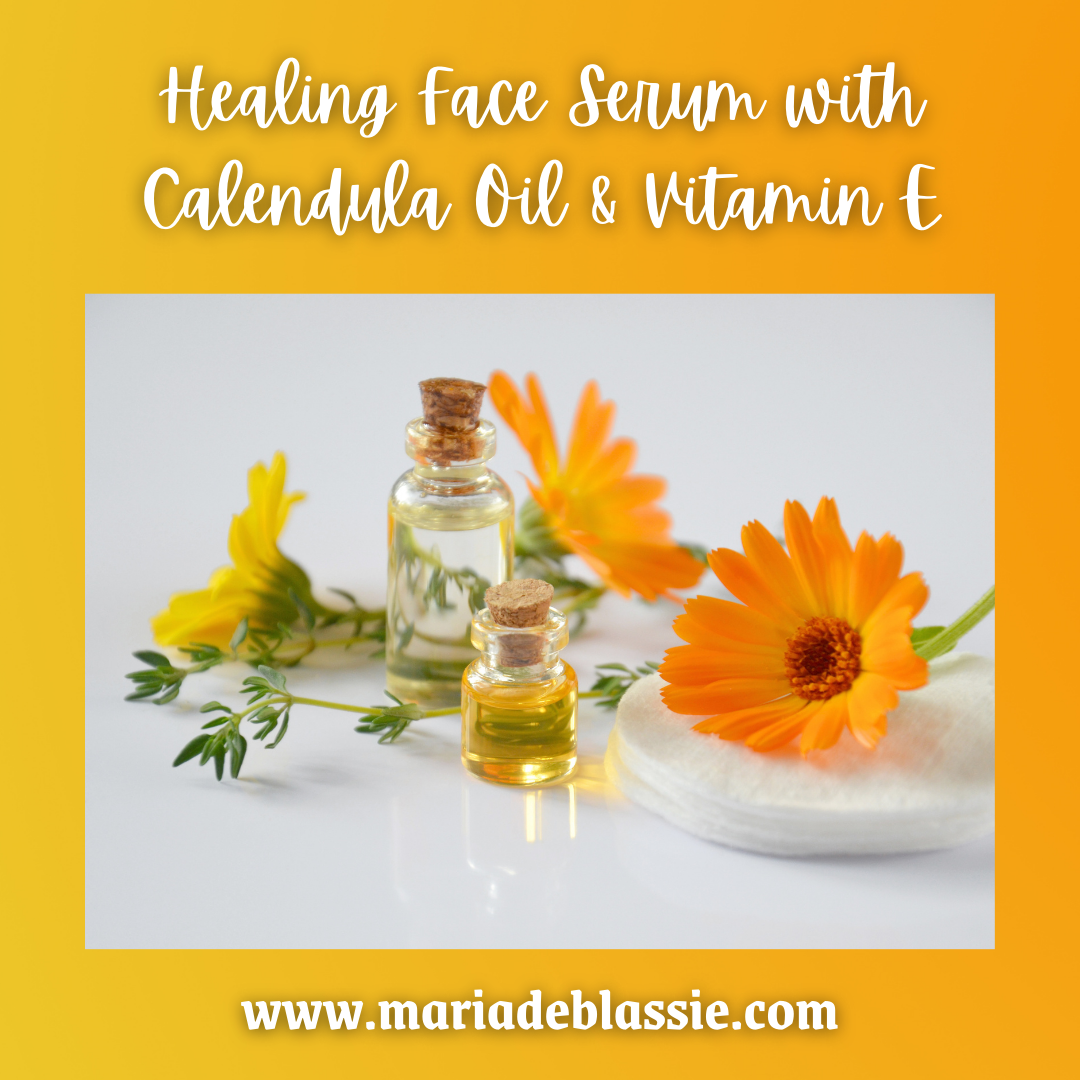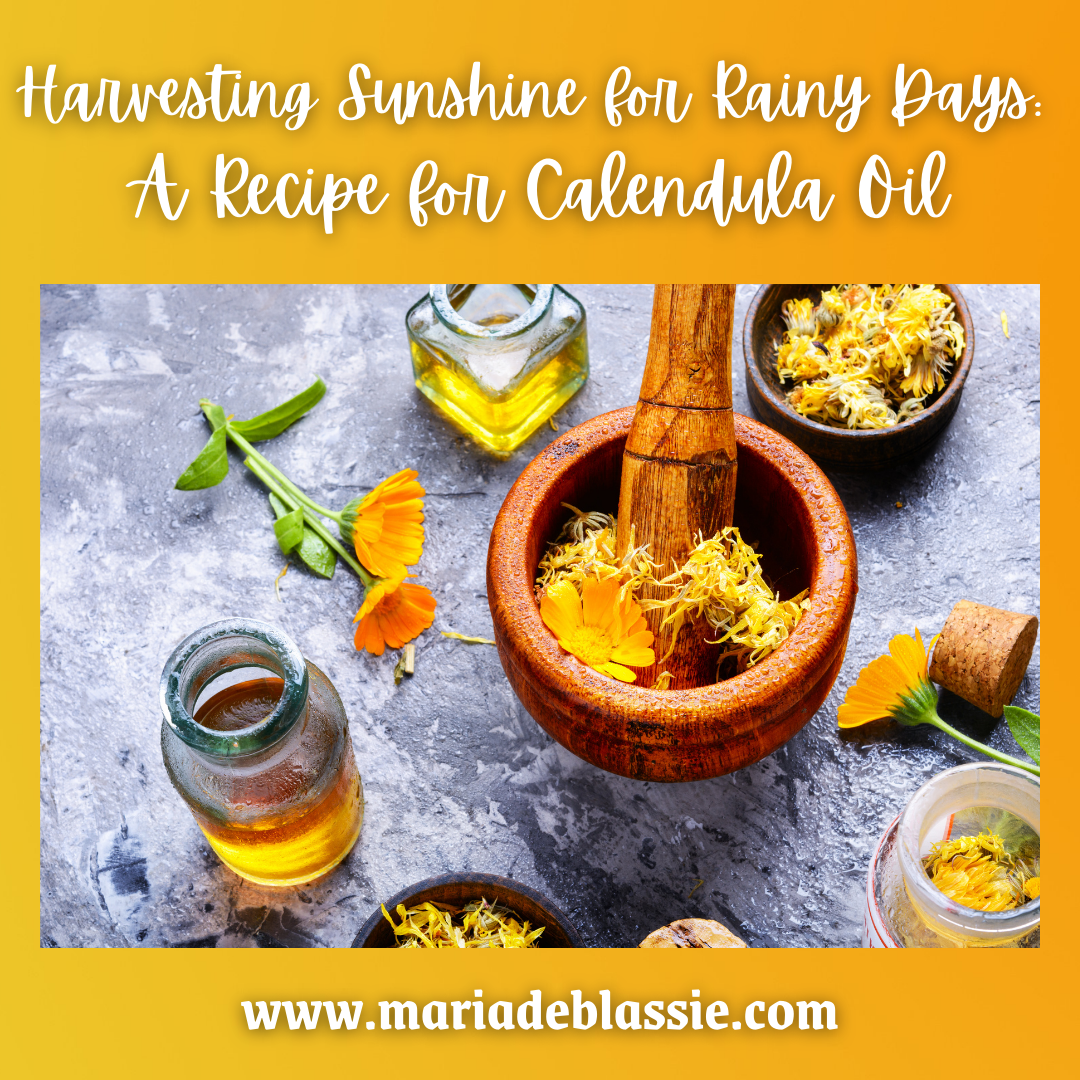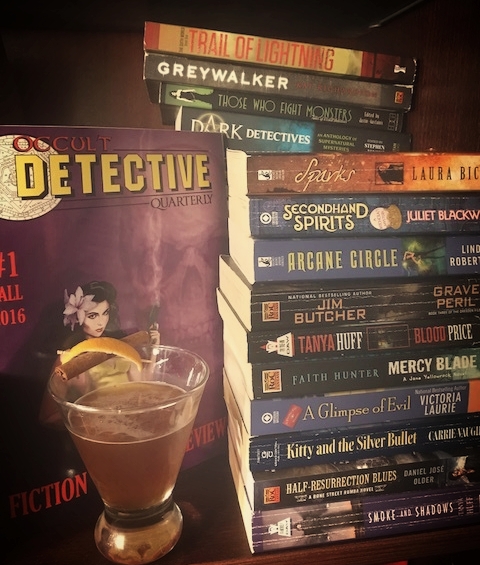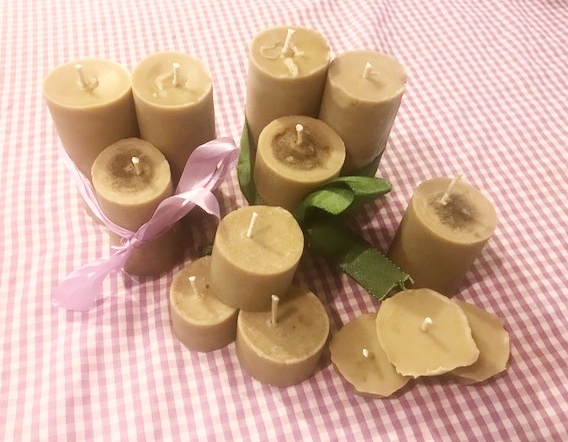Confession: I love trashy novels covers. Old pulp covers and fuschia-tinted romances. I mean the over-the-top ones with Fabio-heroes with half-open shirts and long hair more luscious than my own. The ones with heroines in the throws of passion so intense their very clothes seem to melt off them. If there’s a pirate ship in the back, a carriage (which has no doubt seen a lot of action), or some obscenely large manor in the background, then I’m done for. Dragons flying in the distance? Be still my heart!
Here’s the thing, though. It wasn’t until fairly recently that I started to voraciously read these books. Sure, I’d picked up a few slim Harlequins and thumbed through the scandal-ridden pages of mid-century pulp. I’d even read a few Nora Roberts books. But most of my romance novel reading happened within the confines of my dissertation work on The Courtship Novel.
You know the one: The Jane Austen-Personal-is-Political-Subversive-Feminist-Slice-of-Life stuff. I found my home in reading these stories by, for, and about women negotiating a patriarchal world without the financial resources to give everything the finger. I was a lowly grad student, dependent on my professors’ approval for my future success, all of which hung on earning my doctorate. I wasn’t grand enough to be a George Sand and flaunt social rule, simply because I wasn’t a rich noblewoman.
No, I was confined to the social constraints of mere working mortals. I also lacked the desire to throw caution to the wind and run away to live the life of a vagabond writer like Mary Shelley. I like my family, probably because they are a deal less gothic than Shelley’s. And I’m pretty domestic, resembling a hobbit more than a reckless heroine, one who goes on adventures here and there with the sure and comforting knowledge that there is always Bag End to return to with all its books, and flowers, and good food.
So there I was, a mestiza from the desert southwest, roughly fifteen years ago now, reading 18th- and 19th-century British courtship novels. In them, I found young women like me, both pushing against social norms and wanting to find their home in them, eager to live a life that was luscious and full in a world that seemed determined to fence me in. My complicated relationship to my own mixed-raced cultural heritage—a product of colonization and a history of violence—left me in search of stories with happy endings for women like me. I found my answers, at least in part, in these domestic tales by, for, and about women.
I wrote about Mary Wollstonecraft and the transgressive nature of the Female Intellectual, along with the interpenetrative nature of sexual and intellectual stimulation. I explored my own complicated relationship to my sexual and intellectual identity as a brown woman in the white city of Seattle, grappling with the realities that my body would always be politicized, sexualized, and scrutinized no matter what I did. That I would often be highly visible when I most wanted to be invisible. And I discovered that I could use the liminal space I occupied as an empowering sphere in which I could redefine what it means to be a successful woman of color. I wrote very smart things about all this too. And used big words and serious expressions so that others knew that what I said was smart and that I was to be taken Very Seriously.
All the while, in secret, I collected books with saucy covers and devoured trashy novels of all genres every chance I could get. I gobbled up urban fantasy, sword and sorcery, paranormal, steampunk, cozy mysteries… literally anything and everything that would let me escape the hell that is graduate school, at least temporarily.
Then something strange happened. I found I had very little interest in stories that didn’t have some sort of love plot, however tangential. I mean, as someone studying the history of western sex and gender ideologies and their choke-hold on modern life (regardless of your cultural orientation), I understood the importance of having female-centered stories that weren’t about love and that didn’t end in marriage…but I just didn’t care.
I wanted romance. The kind that made you fall in love with life and fell like you were the heroine of your own story. Stories that reminded me that I was blood and bone and feelings. Not just a brain. I was desperate to remember what it felt like to be in love with life and reveled in having a space where emotions and instincts were valued.
I could let down my guard in these stories. I didn’t have to worry about being a hysterical brown woman every time I had An Emotion. These stories taught me that my feelings (so often suppressed or contained) were telling me something important and that I needed to listen to them. They told me that my desire to love and enjoy my body was separate from the white gaze that hyper-sexualized me. They allowed me to separate my desire for romance from the social pressures to Hurry Up and Find a Mate Already. And they reminded me that I didn’t just have to sacrifice my personal life in order to be successful in my professional one, or vice versa. That was a lie mainstream culture told to keep minority bodies down. These books, in short, became my proverbial conduct manuals for the kind of life I wanted to craft for myself once I earned my doctorate.
Plus they were fun! At a time when I felt like I had to keep a firm grip on every thought, emotion, or action in order to be taken seriously, these books were an escape. I could go from being a struggling Dom at the University of Washington to a willing Sub within the covers of these books and enjoy every minute of it. (I would later learn that this was a big part of the appeal fo these books for working women in the 80s and beyond.) In short, these books with strong romantic threads and the over-the-top covers helped me tap into my inner hedonist and the playful Eros energy that so easily got clogged in the uptight world of academia.
The Art of the HEA
So I finished graduate school. I got a full-time job—actually my DREAM job at my local community college. Then I started blogging, mostly in an attempt to figure out what happiness looked like for me now that I actually had the time and space to devote to crafting a more balanced life. I had a steady income in the city I wanted to put roots down in (Albuquerque—my hometown). I had time to write just for me. I could take better care of myself, emotionally, mentally, and physically.
I was so grateful to be back in a land where it was normal to be a brown person and cultural diversity was the norm. Plus weekends with actual free time became a thing for me, as were evenings that started around 5 instead of 9 or 10. So I blogged, exploring what happiness looked like for me. The blog became an award-winning book, a lifestyle and an ongoing self-care practice that helped me tap into the magic of everyday life. To be clear: these were all things I’d fantasized about for years and now they were coming true. Without being entirely conscious of it, I was already in the midst of building my own Happily Ever After (HEA).
It wasn’t until my Year of Radical Self-Care, in which I consciously and deeply explored how to best listen to my needs day-in and day-out, that I discovered the joys of the modern romance novel. I’d been designing a course for my local university’s Honors College on romance in popular culture and felt I couldn’t possibly address that topic thoroughly without looking at the romance novel. I’d read a lot about it. I had a whole history of courtship novels to inform me. I picked up books here and there and continued to read romance-adjacent stories. But each time I tried to dive into the genre, I got completely overwhelmed by options. I was sure there was a lot of good stuff out there, along with the bad and just so-so, but I just didn’t know where to look. So designing that course became a way for me to finally and properly explore the world of the modern romance novel.
That’s when I found Smart Bitches, Trashy Books and I haven’t looked back since. It told me everything I needed to know, offering up a whole cornucopia of books in a variety of sub-genres with graded reviews. Remember all those romance-adjacent books I’d been reading? Turns out many of them were all pretty much plain old romances! Steampunk romances, paranormal romances, fantasy romances, romantic suspense, Gothic romances…I could go on but you get the idea.
Looking back, it’s no surprise that I finally drove into the world of romance novels during my year of radical self-care. They were soothing. They made me feel good. They lifted my spirits and helped me release stress. But most of all, they made me feel empowered. Reading books by women of color, especially, made me appreciate myself and my accomplishments more, as well as give me the confidence to continue developing an identity outside of my professional life.
I felt sexy, beautiful, bold and powerful—things I didn’t always feel at work when it seemed I had to curb my feminity to be taken seriously or be constantly angry to assert healthy boundaries (it should be no secret that minority women work twice as hard to prove themselves, compared to their white male counterparts). But romance novels taught me that I didn’t just have to be about the struggle. That I was allowed to have joy.
Now this blog is getting way longer than I intended and it has taken me much longer to write because, once I started, I found that I had a lot to say (a whole book’s worth it sometimes feels!). So I’ll start wrapping things up by saying this: I realized that my journey in reading and writing about courtship novels, blogging about everyday magic, and immerse myself in the romance genre, have all been because I was struggling to find narratives in which people of color and othered bodies are allowed to find happiness, joy, and pleasure. That those things were nothing to be guilty or ashamed about (trust me—when you reach a certain level of success, it is easy to start feeling like you have to apologize for it). In these books I began to discover that happiness wasn’t in limited supply and pleasure wasn’t something that could only be enjoyed in small, furtive sips.
Speaking of sips, I think it’s high time I get around to the whole reason I started writing this blog: The Bodice Ripper Cocktail. This of this as my tribute to all that is sacred and delicious in the pleasure of a good trashy novel. And, yes, not all romances are created equal. There are plenty of narratives that reinforce white ableist patriarchy or outdated sex and gender norms. But on the whole, I think the genre from the 18th century to now, is inherently social-justice based. That doesn’t mean that there isn’t trial and error as we explore healthier narratives, moments in which it feeds back into the patriarchy it is trying to subvert, or the fact that we have to grapple with the historical moments in which a book is produced.
Take the old school bodice ripper, after which this cocktail is named. There’s plenty of non-consensual stuff happening between the pages of those books. But, in a world in which women didn’t yet have sexual identities independent from the male gaze in the eyes of mainstream society and the fear of the autonomous female body was centuries old, it makes a certain sense that these issues would be explored within the “safe framework” of male control. Like the courtship novel of the 18th century that had to end in marriage, the bodice ripper fo the mid-20th century had to include aggressive male-driven sexual action in order to exist safely within the framework it was trying to subvert. It doesn’t mean that those narratives are okay, just that they represent the early stages of a genre trying (and not always succeeding at) changing the way we think about gender, sex, agency, and HEAs. Heady stuff, huh?
Still, the Bodice Ripper and all that came before and after it is worthy of celebration. If you want to begin your own journey into the realm of the romance novel, check out some of the books in photo below and indulge in some of these fantastic podcasts, in addition to Smart Bitche Trashy Books, that wonderfully frame the genre, its issues, its joys, and the wonderful range of books you can explore within it: Heaving Bosoms Podcast, Shelflove Podcast, RomBkPod, and Book Riot’s When in Romance. You can also check out my HEAs All Day book club if you want to learn even more about romance novels as social justice narratives.
The Cocktail Recipe
Okay, so I know it is a tall order to make one drink to encompass all that is romance since the genre is so wide and eclectic. We’ve got the sweet and cozy romances, reminiscent of a cup of hot cocoa, the sleek and modern martini variety, and the NSFW kind, akin to all those sugary drinks with dirty names, and anything and everything in between.
For the purposes of this cocktail, however, I decided to honor the spirit of the bodice ripper and all those trashy book covers I’ve coveted for all these years. I wanted my drink to be one part liquid courage, one part wanton abandon, with a dash of heat (or more if you are so inclined!). I needed to be bracing and a little sweet. And yeah, there should be cherries involved, if we’re sticking to the Old School variety of these novels, wink wink.
My drink is a riff on the sidecar. I swapped the brandy for Effen cherry liquor, which lends a lush vanilla cherry base. To keep the drink from being cloying, I used a citrus-peel forward orange liquor (see link below) and lemons juice. The plot twist is a few dashes of chili pepper bitters because you can’t have a bodice ripper without some heat! If you don’t have cherry vodka or just want to be like the modern romance novel and abandon the cherry-focal point, regular vodka will do.
This drink embodies the spirit of a genre that has inspired me to be fearless in my acceptance of pleasure and to open myself to the deliciousness of life. You’ll also notice that the books in the image positively OVERWHELM the drink. That’s because I was trying to make things, well, overwhelmingly bodice-ripper-y or perhaps heaving-bosom-y. In other words, for you romance novices, I wanted to show how the books overwhelmed the drink, much in the same way the emotions and sexuality overpower the people in these stories enough to rip a bodice or two…or, better put, cause a heroine to burst out of hers. If this sort of logic doesn’t make sense, drink this cocktail and read it again. All will become clear.
Oh, and if you saw Pride & Prejudice in my photo and don’t understand why I would consider it a bodice ripper than you’re reading it wrong. Again, drink this cocktail and revisit this classic courtship novel. All will become clear.
Ingredients:
2 oz Effen cherry vodka
3/4 oz freshly squeezed lemon juice
3/4 oz orange liquor, preferably one with an orange peel-forward flavor
2-10 drops smoked chili bitters depending on how HOT you want it!
ice
optional lemon peel or cherry for garnish
Combine ingredients in a shaker and shake vigorously for a minute. Pour into martini glass. Serves one, so double the recipe and invite your personal Fabio over. Pairs well with steamy reads, long walks on the beach, and insta-love.





























